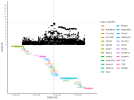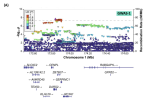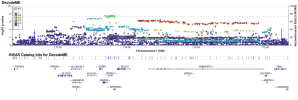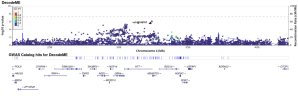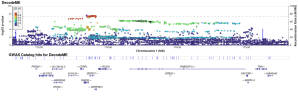wastwater
Senior Member (Voting Rights)
I may have interaction with RAB3GAP and RAB1A does it do a similar thing I wonder,the paper mentions Rapamycin
 pmc.ncbi.nlm.nih.gov
pmc.ncbi.nlm.nih.gov
RAB3GAP1 and RAB3GAP2 modulate basal and rapamycin-induced autophagy - PMC
Macroautophagy is a degradative pathway that sequesters and transports cytosolic cargo in autophagosomes to lysosomes, and its deterioration affects intracellular proteostasis. Membrane dynamics accompanying autophagy are mostly elusive and depend ...
Rab3gap1 palmitoylation cycling modulates cardiomyocyte exocytosis and atrial natriuretic peptide release
Last edited:

